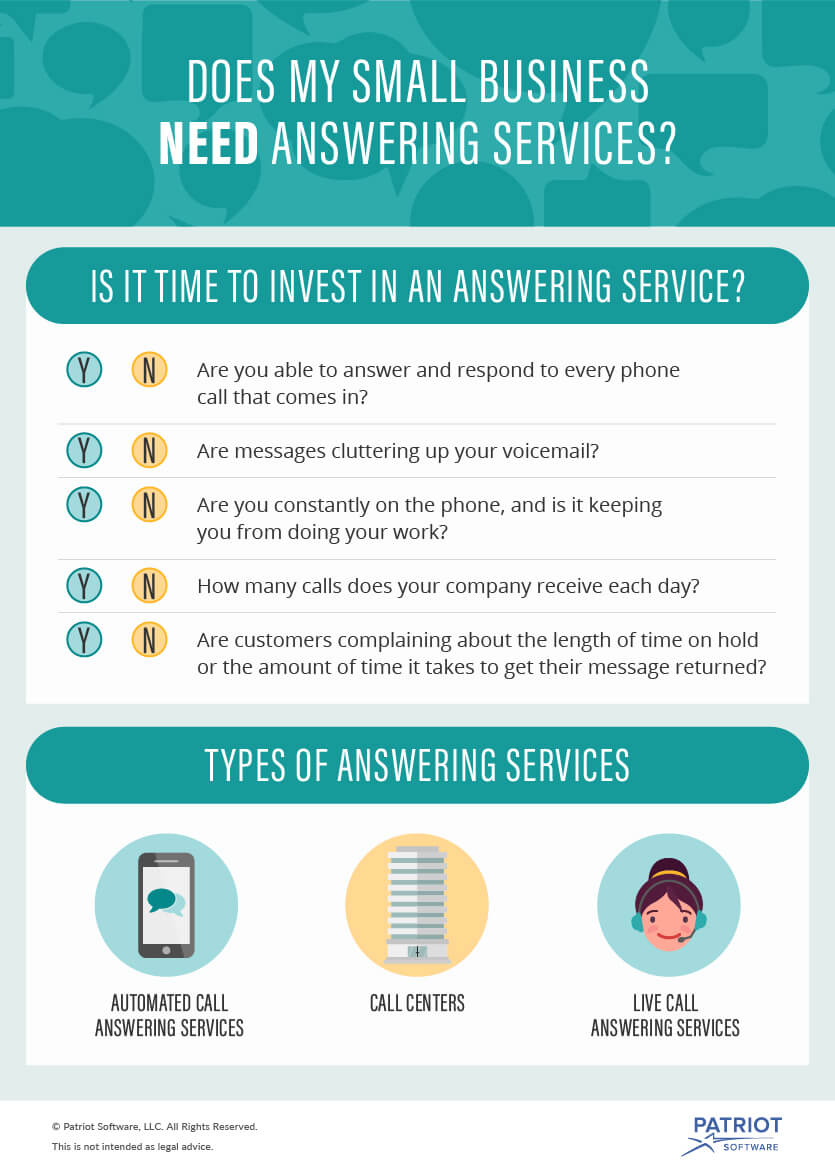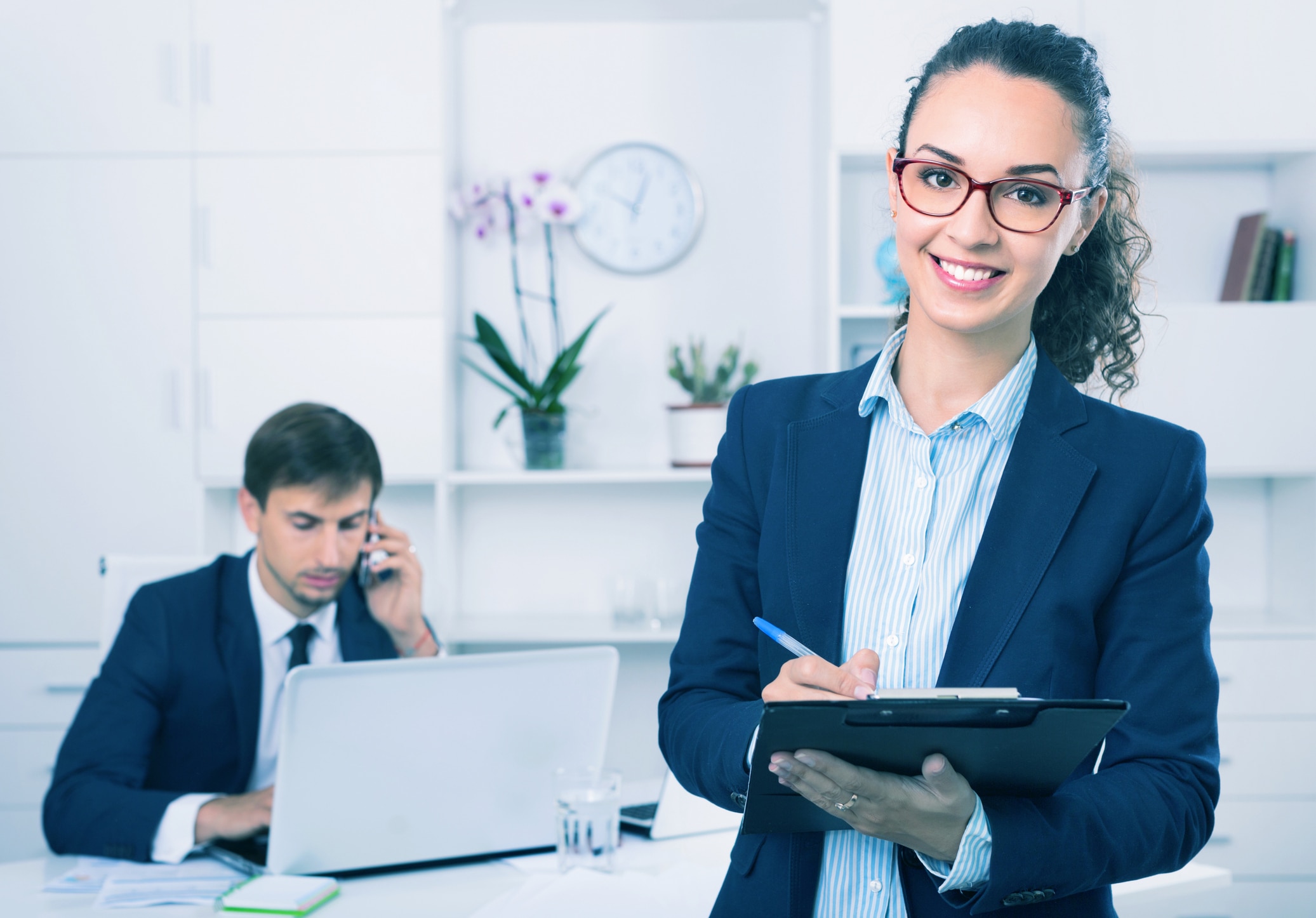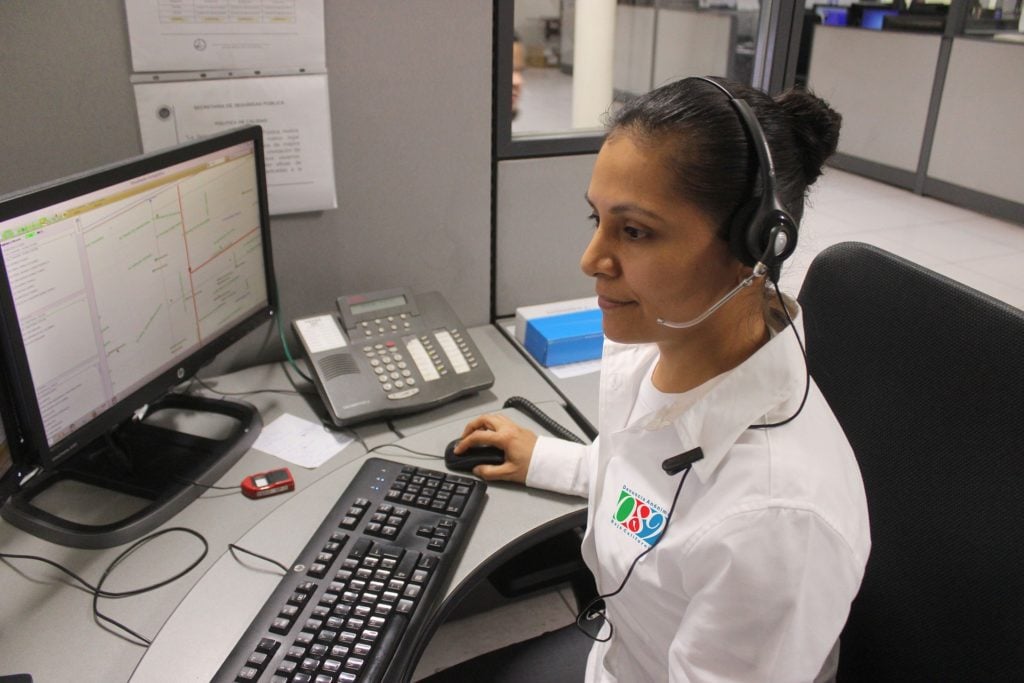All Categories
Featured
Table of Contents
- – What Is The Best Top Answering Service In Austr...
- – What Is The Best Answering Services 101: Every...
- – What Is The Best What Are Call Answering Servi...
- – What Is The Best Phone Call Answering Service...
- – Who Is The Best What Is An Answering Service?...
- – Which Is The Best Telephone Answering Servic...
What Is The Best Top Answering Service In Australia - 2023 Reviews 2023
This device and its followers were created by Sava Jacobson, an electrical engineer with a personal consulting organization. While early voice mail utilized magnetic tape innovation, the majority of modern-day equipment utilizes strong state memory storage; some devices use a mix of both, with a solid-state circuit for the outbound message and a cassette for the incoming messages.
"toll saving" listed below) (business answering service). This is useful if the owner is evaluating calls and does not want to speak to all callers. In any case after going, the calling party must be notified about the call having been addressed (in many cases this starts the charging), either by some remark of the operator, or by some greeting message of the TAD, or addressed to non-human callers (e.
This holds particularly for the Little bits with digitally saved welcoming messages or for earlier makers (prior to the increase of microcassettes) with a special endless loop tape, separate from a second cassette, committed to recording. There have been answer-only devices with no recording abilities, where the greeting message had to notify callers of a state of current unattainability, or e (phone answering).
What Is The Best Answering Services 101: Everything You Need To Know ... Company?

about availability hours. In taping TADs the welcoming normally contains an invitation to leave a message "after the beep". A voice mail that utilizes a microcassette to record messages On a dual-cassette answerphone, there is an outbound cassette, which after the specified variety of rings plays a pre-recorded message to the caller.

Single-cassette voice mail include the outbound message at the beginning of the tape and incoming messages on the staying area. They initially play the statement, then fast-forward to the next available space for recording, then record the caller's message. If there are lots of previous messages, fast-forwarding through them can trigger a substantial delay.
This beep is frequently referred to in the welcoming message, asking for that the caller leave a message "after the beep". Little bits with digital storage for the recorded messages do not show this hold-up, obviously. A little bit might use a push-button control center, whereby the answerphone owner can call the home number and, by entering a code on the remote telephone's keypad, can listen to recorded messages, or erase them, even when far from home.
What Is The Best What Are Call Answering Services? - Explained On The Market Today

Thus the machine increases the variety of rings after which it answers the call (normally by 2, resulting in four rings), if no unread messages are currently saved, however answers after the set variety of rings (generally 2) if there are unread messages. This permits the owner to discover out whether there are messages waiting; if there are none, the owner can hang up the phone on the, e.
Some makers likewise allow themselves to be from another location triggered, if they have been turned off, by calling and letting the phone ring a certain a great deal of times (generally 10-15). Some company abandon calls currently after a smaller variety of rings, making remote activation difficult. In the early days of Little bits an unique transmitter for DTMF tones (dual-tone multi-frequency signalling) was regionally required for push-button control, considering that the formerly used pulse dialling is not apt to convey suitable signalling along an active connection, and the dual-tone multi-frequency signalling was executed stepwise.
Any incoming call is not recognizable with respect to these properties in advance of going "off hook" by the terminal equipment. So after going off hook the calls must be changed to suitable devices and just the voice-type is right away available to a human, but maybe, however must be routed to a LITTLE (e.
What Is The Best Phone Call Answering Service Program?
What if I informed you that you do not have to in fact choose up your gadget when responding to a client call? Another person will. So convenient, ideal? Responding to phone calls does not require somebody to be on the other end of the line. Effective automated phone systems can do the trick just as efficiently as a live agent and sometimes even better.
An automated answering service or interactive voice response system is a phone system that communicates with callers without a live individual on the line - business call answering service. When business utilize this innovation, customers can get the answer to a concern about your organization simply by utilizing interactions set up on a pre-programmed call circulation.
Although live operators upgrade the client service experience, numerous calls do not require human interaction. An easy taped message or guidelines on how a customer can recover a piece of details generally resolves a caller's instant requirement - answering service. Automated answering services are an easy and reliable way to direct inbound calls to the best person.
Who Is The Best What Is An Answering Service? The Ultimate Guide - Cms Company
Notice that when you call a business, either for support or product query, the very first thing you will hear is a pre-recorded voice greeting and a series of alternatives like press 1 for customer support, press 2 for inquiries, and so on. The pre-recorded choices branch out to other options depending upon the client's selection.
The phone tree system helps direct callers to the ideal individual or department using the keypad on a cellphone. In some circumstances, callers can use their voices. It's worth noting that auto-attendant alternatives aren't restricted to the ten numbers on a phone's keypad. As soon as the caller has actually chosen their very first alternative, you can create a multi-level auto-attendant that utilizes sub-menus to direct the caller to the right type of assistance.
The caller does not have to interact with a person if the auto-attendant phone system can handle their issue. The automated service can path callers to a worker if they reach a "dead end" and need support from a live representative. It is pricey to employ an operator or executive assistant.
Which Is The Best Telephone Answering Service - Virtual Receptionist - Apso Plan
Automated answering services, on the other hand, are substantially less costly and provide significant cost savings at approximately $200-$420/month. Even if you do not have actually devoted personnel to handle call routing and management, an automated answering service enhances productivity by enabling your team to focus on their strengths so they can more effectively invest their time on the phone.
A sales lead routed to client service is a lost shot. If a client who has product questions reaches the wrong department or receives insufficient responses from well-meaning employees who are less trained to manage a particular kind of question, it can be a reason for aggravation and discontentment. An automatic answering system can lessen the number of misrouted calls, therefore helping your workers make much better usage of their phone time while freeing up time in their calendar for other jobs.
With Automated Answering Systems, you can develop a tailored experience for both your staff and your callers. Make a recording of your main welcoming, and simply upgrade it frequently to show what is going on in your organization. You can produce as many departments or menu options as you want.
Table of Contents
- – What Is The Best Top Answering Service In Austr...
- – What Is The Best Answering Services 101: Every...
- – What Is The Best What Are Call Answering Servi...
- – What Is The Best Phone Call Answering Service...
- – Who Is The Best What Is An Answering Service?...
- – Which Is The Best Telephone Answering Servic...
Latest Posts
Secure Affordable Answering Service Near Me
Call Answering Service
Top Live Answering Service Near Me
More
Latest Posts
Secure Affordable Answering Service Near Me
Call Answering Service
Top Live Answering Service Near Me